Image - Arnold User Guide
The Image node is a color shader that performs texture mapping using a specified image file. You can control the position, size, and rotation of this frame on the surface. You can control how the texture is tiled within the frame using the Scale UV, Flip, Wrap, and Swap attributes.
Image Name
The image filename. UDIM token functionality is supported. For efficiency reasons, UDIM substitution is not supported if Image Filename is linked.
More information about UDIMs can be found here.
Use File Sequence
Uses a sequence of image files as an animated texture when rendering. Disabled by default.
Filter
Texel interpolation method used to filter the rendered image file. The options are Closest, Bilinear, Bicubic, Smart Bicubic, and the default is Smart Bicubic. Cubic is slower but smoother, closest is faster but looks blocky when magnified.
Mipmap Bias
Mip-Mapping Bias offsets the computed Mip-Map level from which the image is sampled. A negative value will force a larger Mip-Map level (clearer image); a positive value will force a smaller Mip-Map level (blurrier image).

An example of mipmap image storage. The first image on the left is shown, with filtered copies reduced in size.
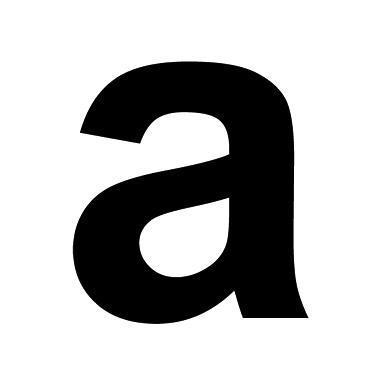 |
 |
| 0 (default) | 5 |
Multiply
Multiplies the image by a constant.
 |
 |
| white (default) | blue |
Offset
Uniformly darkens or lightens the texture.
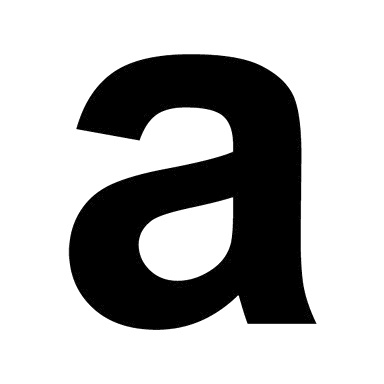 |
 |
| 0 (default) | 0.75 |
Color Space
The colorspace to use for linearization when automatically generating .tx textures. You can specify which color space the texture is assumed to be in. The built-in value is ACES 1.0 SDR-video (sRGB). The default value Auto will use sRGB for integer (8 or 16 bit) formats and Linear otherwise.
Ignore Color Space File Rules
Determines whether the color space attribute should be set when color management color space file rules are run.
Auto-Generate TX Textures
A toggle to disable auto-generation of .tx textures. More information can be found here.
Ignore Missing Textures
If the file corresponding to a UDIM tile is not found, then by default, the render will give an error and not progress. If this option is checked, then it will not give an error and display the Missing Texture Color instead.
Missing Texture Color
Returns the chosen color when the UVs are out of the [0,1] range.
UV Coordinates
UV Set
A string with the name of the UV set to use to sample the image. By default, when the uvset parameter is empty, the primary UV set in the polymesh will be used. Example: If you have created a UV set in a polymesh node called "UVset2", then you can use it by setting the uvset parameter to "UVset2".
UV Coords
If UV coords are linked to a shader, the evaluation of the parameter will be used as the UV coordinates to sample the image, instead of the polymesh ones. Texture derivatives are not computed in this scenario, destroying texture mapping performance, especially in scenes with many high-resolution textures.
Offset U
Offsets the image in the U direction. This offset takes place before scaling, flipping, or swapping of the S and T coordinates.
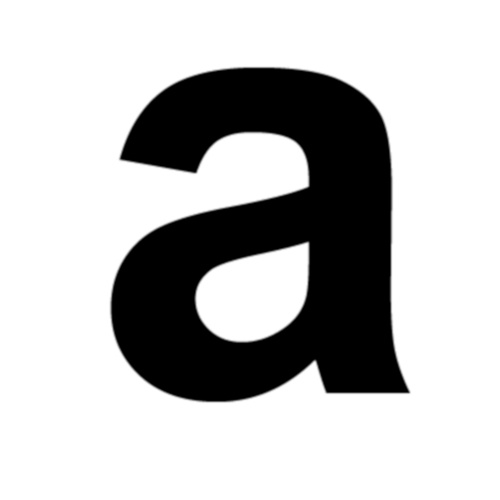 |
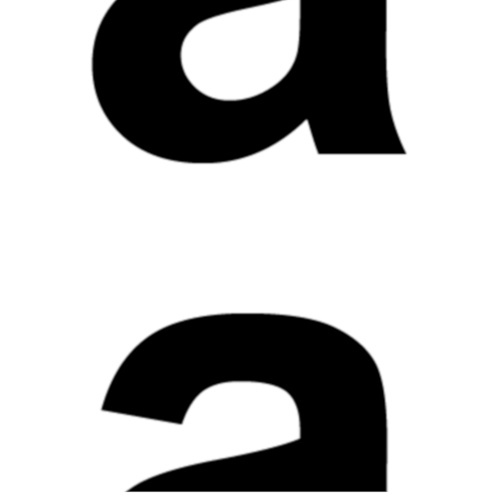 |
| 0 (default) | 0.5 |
Offset V
Offsets the image in the V direction. This offset takes place before scaling, flipping, or swapping of the S and T coordinates.
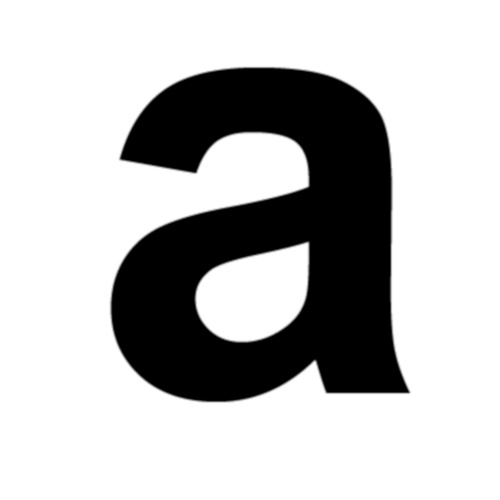 |
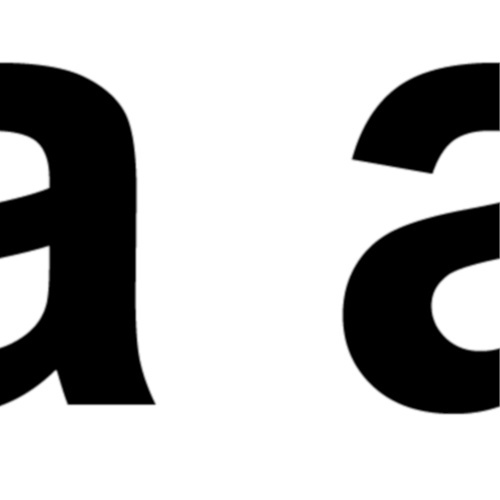 |
| 0 (default) | 0.5 |
Wrap U
Controls how a texture repeats in the U direction on a large surface. Choose between Periodic, Black, Clamp, Mirror and File. The default wrap mode is Periodic. The default wrap mode for tiles (UDIM, etc) is Mirror. See below.
Wrap V
Controls how a texture repeats in the V direction on a large surface. Choose between Periodic, Black, Clamp, Mirror and File. The default wrap mode is Periodic. The default wrap mode for tiles (UDIM, etc) is Mirror. The Missing wrap mode works similarly to Black; however, lookups to the Image shader that are outside of the texture will use the Missing Texture Color.
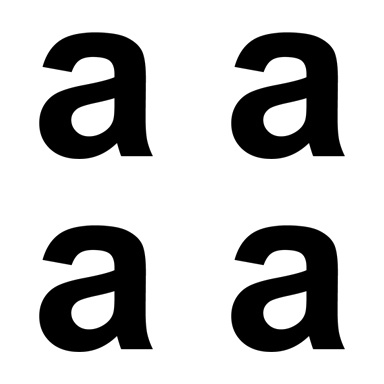 |
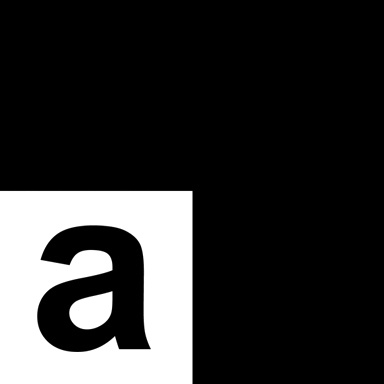 |
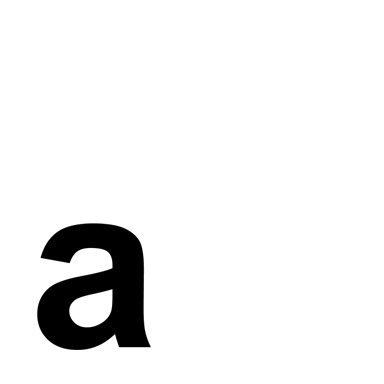 |
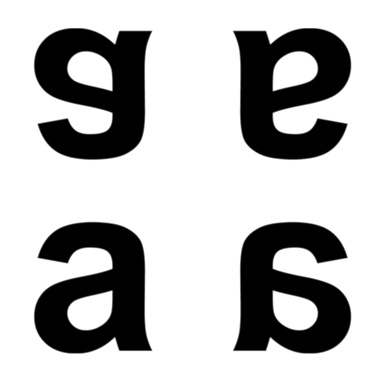 |
 |
| periodic (default) | black | clamp | mirror | missing |
File wrap mode uses the wrap setting encoded in the file itself (only applies to OpenEXR files). This is useful to preserve information about how a texture should wrap without manual correction afterward. In certain cases, 'file' mode can prevent edges. For that, to work, you will need to make the correct choice when you generate mipmaps with Maxetx.
The example below shows an OpenEXR file used as a lat-long skydome that has the file wrap modes set to Periodic, Clamp. Generating mip maps with this mode prevents artifacts at the sphere poles. When you leave wrap modes with their default values (Periodic, Periodic), you can see a dot at the top of the sphere. However, if you set wrap modes to File (and use a file that has the correct wrap modes in the metadata), the dot will no longer be visible.
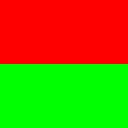 |
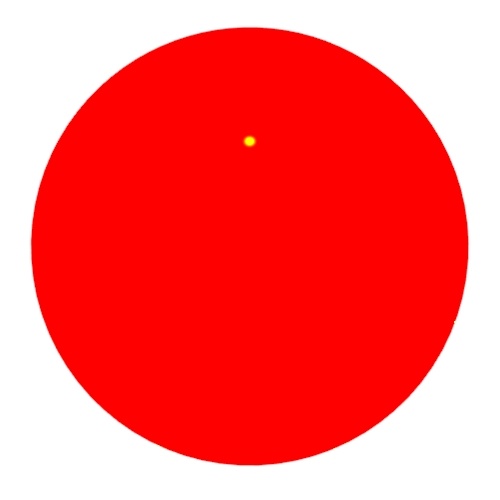 |
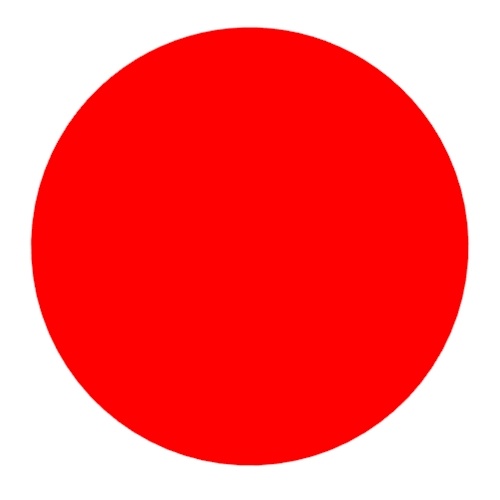 |
| OpenEXR file that has the file wrap modes set to periodic, clamp | wrap: periodic (artifact visible at pole of sphere) | wrap: file (artifact is gone) |
Scale U
Scales the image.
Scale V
Scales the image.
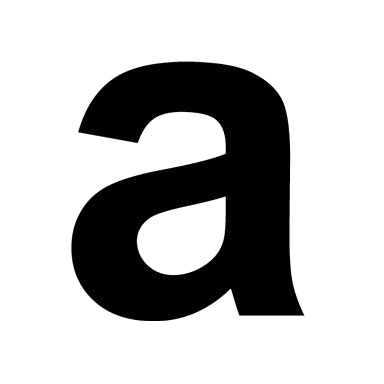 |
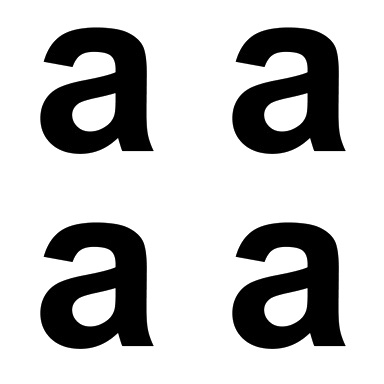 |
| scale_u: 1, scale_v: 1 (default) | scale_u: 2, scale_v: 2 |
Flip U
Flip (mirror) the image in the horizontal direction.
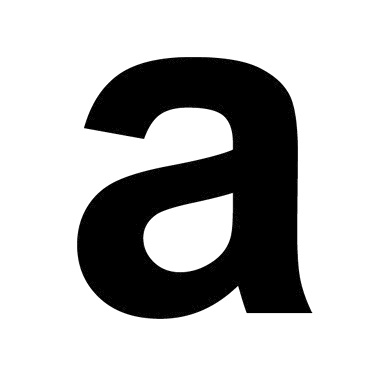 |
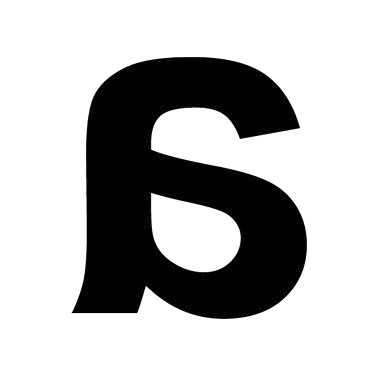 |
| Disabled (default) | Enabled |
Flip V
Flip (mirror) the image in the vertical direction.
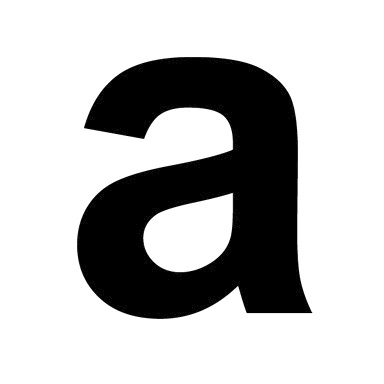 |
 |
| Disabled (default) | Enabled |
Swap UV
Swaps the axes.
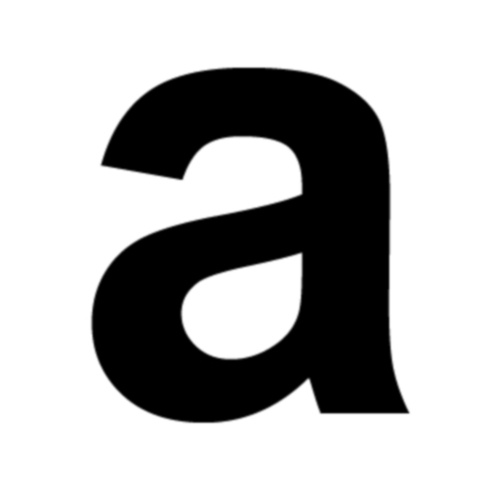 |
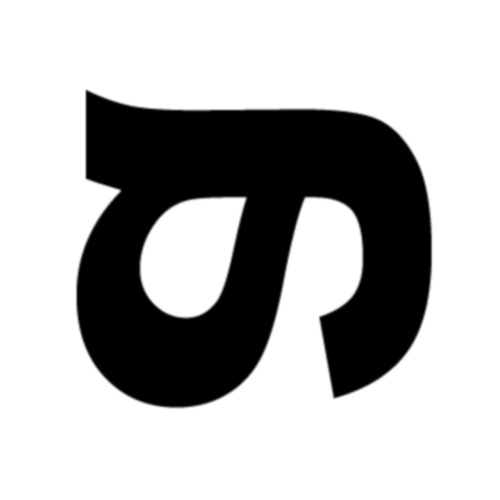 |
| Disabled (default) | Enabled |
Pepe model by Daniel M. Lara (Pepeland) .
